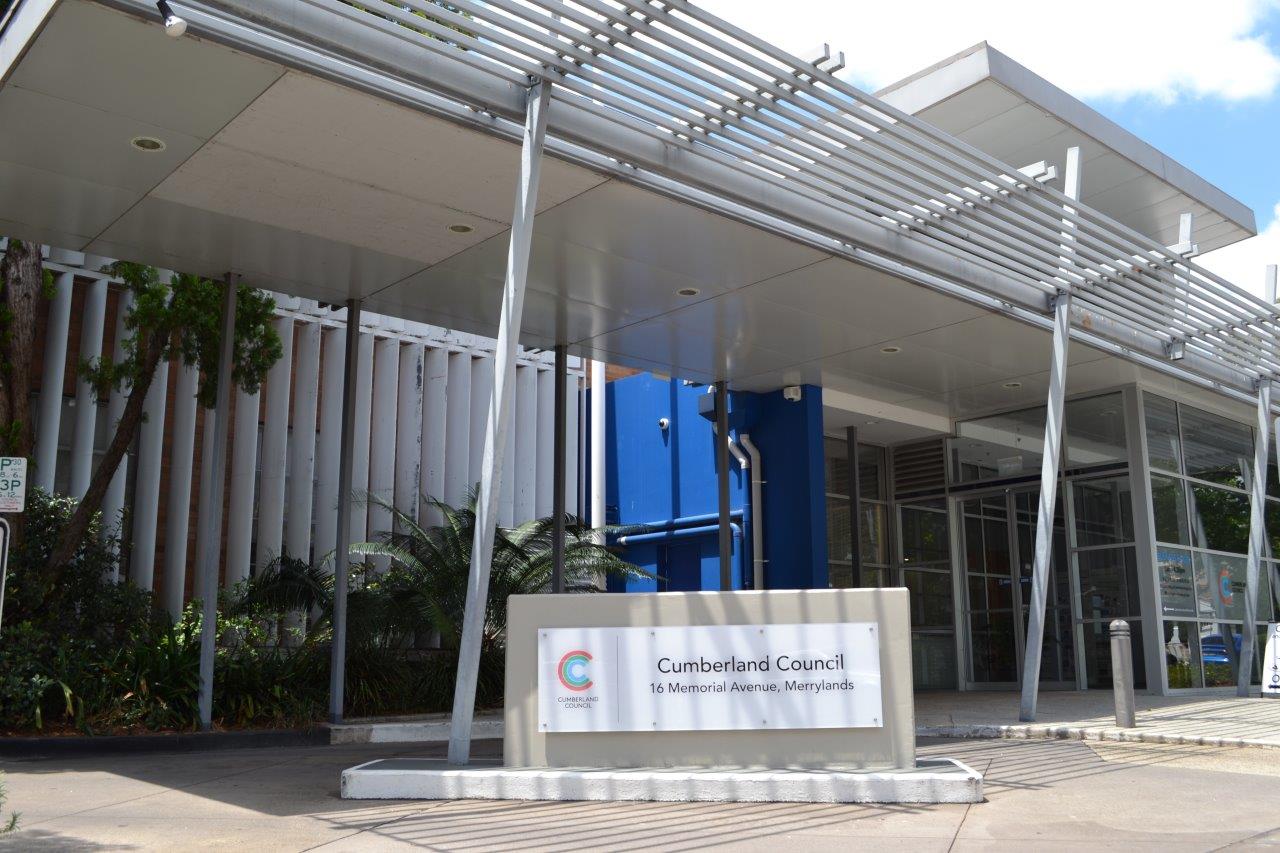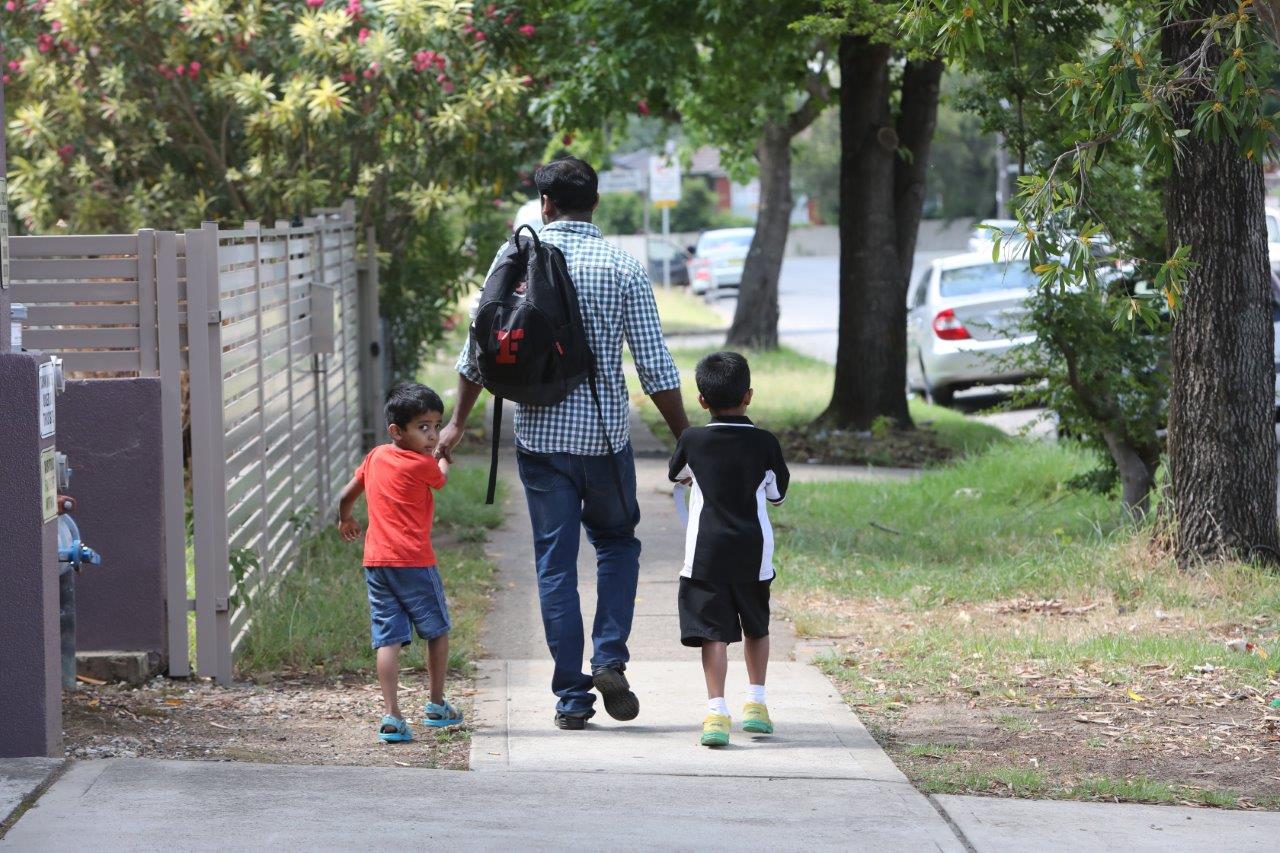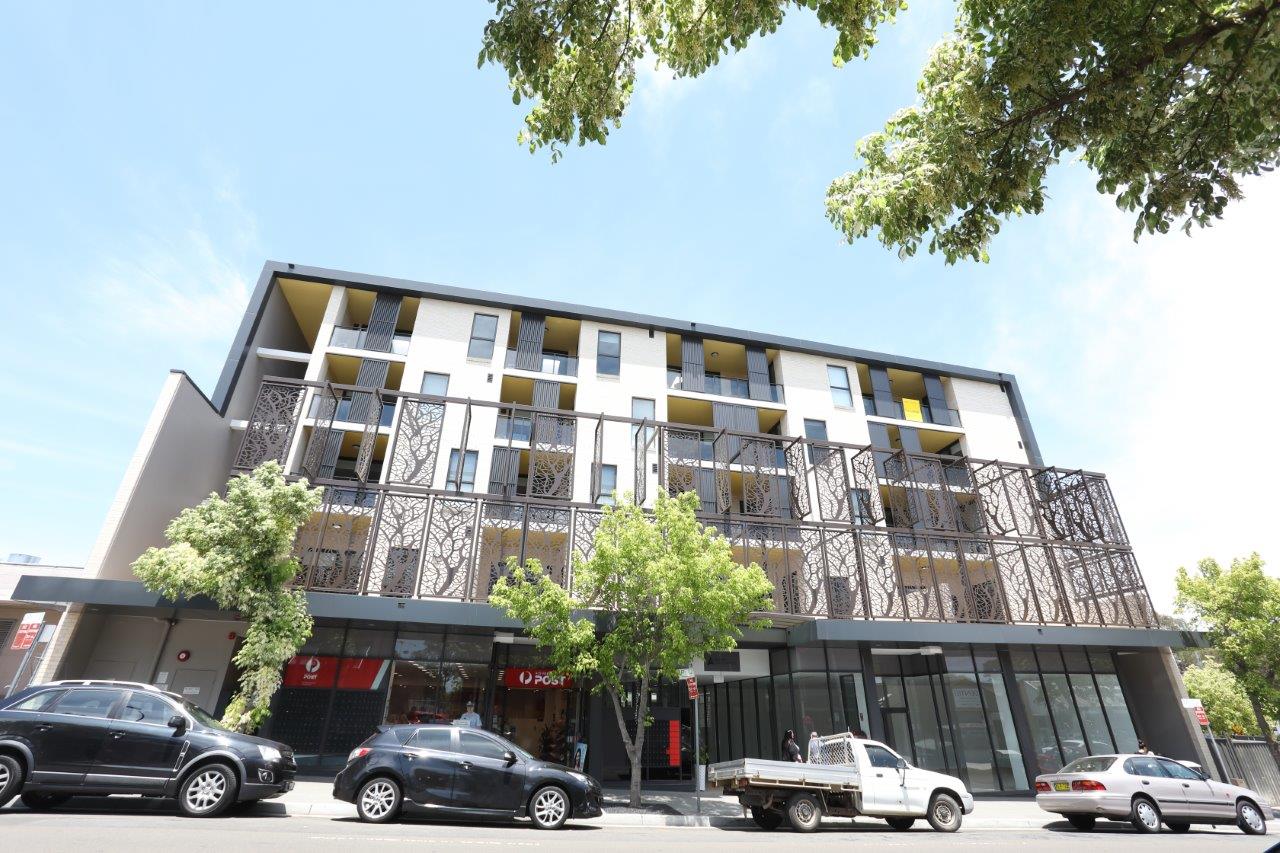The first land grants were given in 1792, to Thomas Rose and Edward Powell to grow wheat and corn, however they soon realised the soil wasn’t good and by 1800 they left the area. Around 1804, Samuel Haslam was first granted 50 acres of land near the Hacking Creek, he increased his land and operated an Inn in Parramatta Road. Soon the Hacking Creek and surrounding area was known as Haslam’s Creek. This was Lidcombe’s first name.
In 1833, to the south from Haslam’s Creek, Joseph Hyde Potts owned much of the land that is now known as Regents Park. Potts was an accountant for the Bank of New South Wales and within two years had increased his land to 2,564 acres, which included parts of modern Regents Park and Potts Hill in the Canterbury-Bankstown Local Government Area.
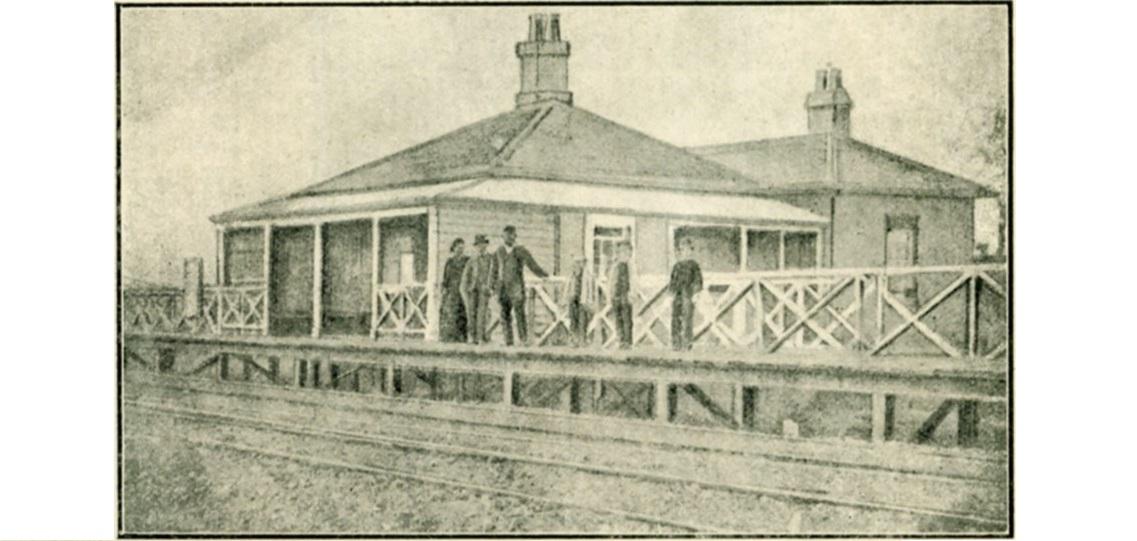
In July 1859, the first railway station was built and it was given the name of Haslam’s Creek Railway Station. It served to a small population, mainly farmers in the area. The first postal service operated from this station as the mail was delivered by train at that time.
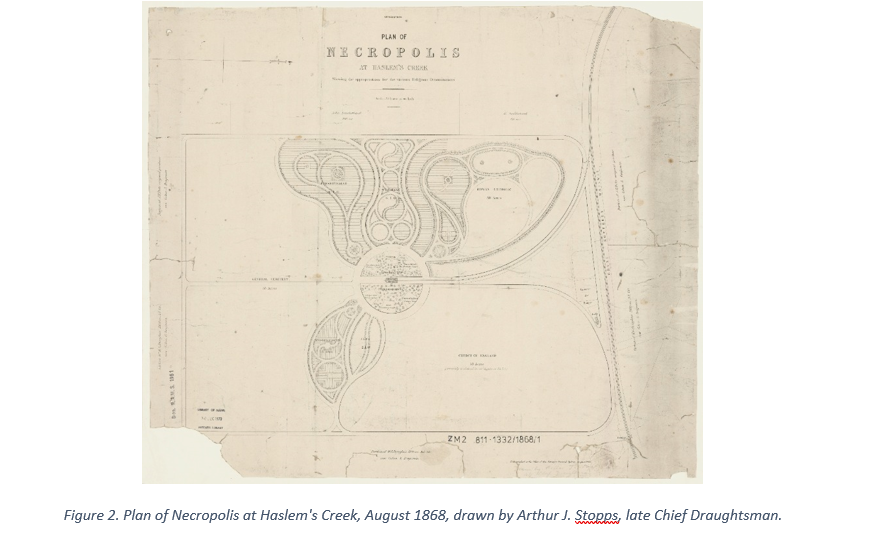
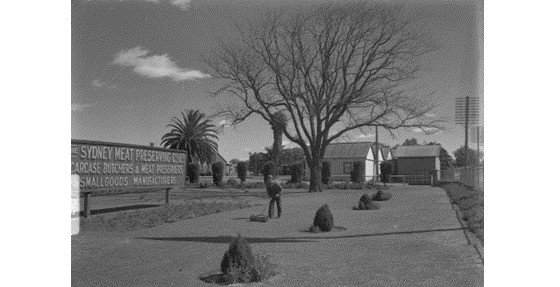
In 1870, the Sydney Meat Preserving Company was built in Auburn and extended to Lidcombe. This company created jobs and infrastructure for the growing community. During the first War, this company produced canned food which soared during this time. The SMP Co was taken over by F J Walker Limited in 1919 and ceased operations on 31 July 1964.
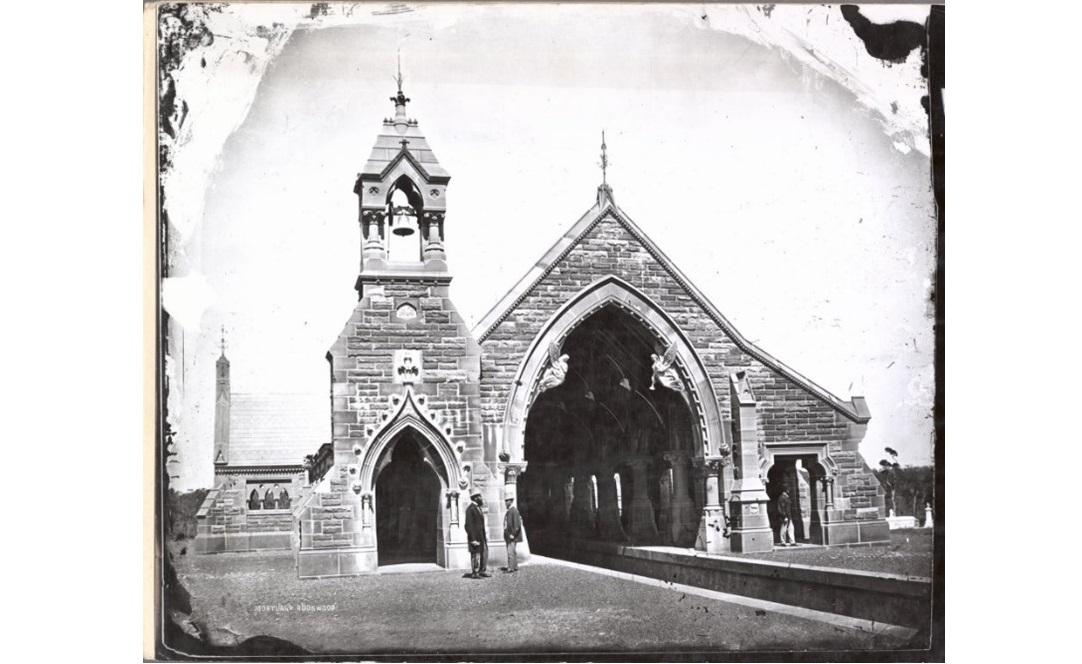
The name of the fledgling settlement was changed to Rookwood in 1876, to dissociate Haslam’s Creek Cemetery which, ironically, then changed its name to Rookwood Cemetery along with the railway station.
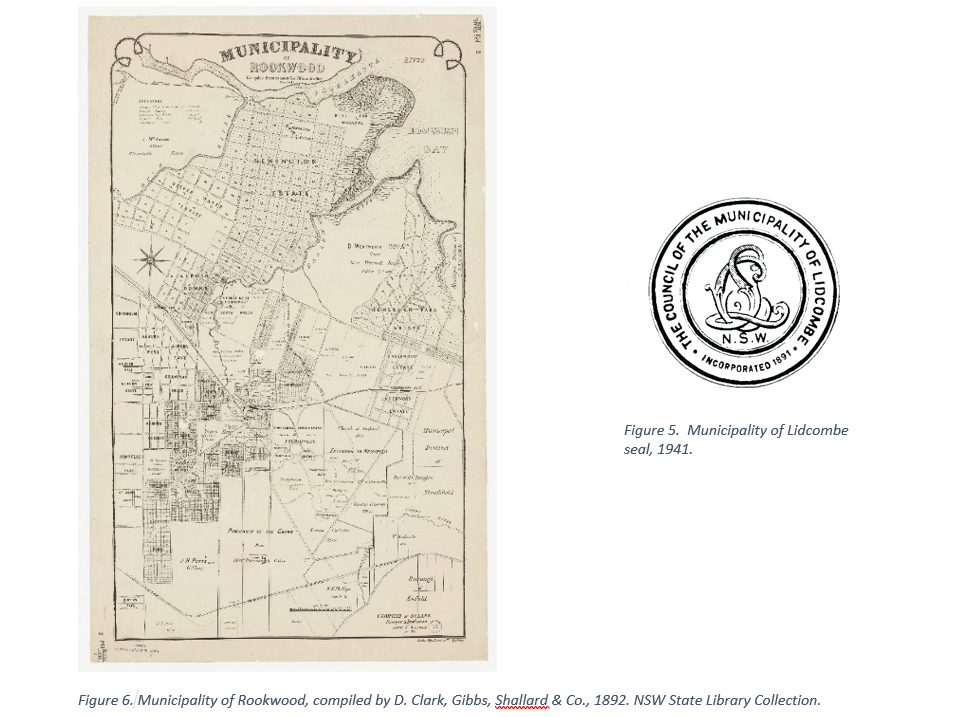
Rookwood Municipality was formed in late 1891, the first meeting was held in 1892. Lobbying soon began again for another name change and the pressure to change the suburb’s name continued periodically into the early 20th Century, where various options were mooted and rejected. Finally, a Mr Kelly of Joseph Street suggested the name ‘Lidcombe’ which combines the names of two long standing Aldermen and Mayors of Rookwood Council, Frederick Lidbury and Henry John Larcombe. The name was changed to Lidcombe in 1913, the Post Office, School, Station, and other services all followed suit but this time around not the Cemetery which stayed as Rookwood and remains so to this day.
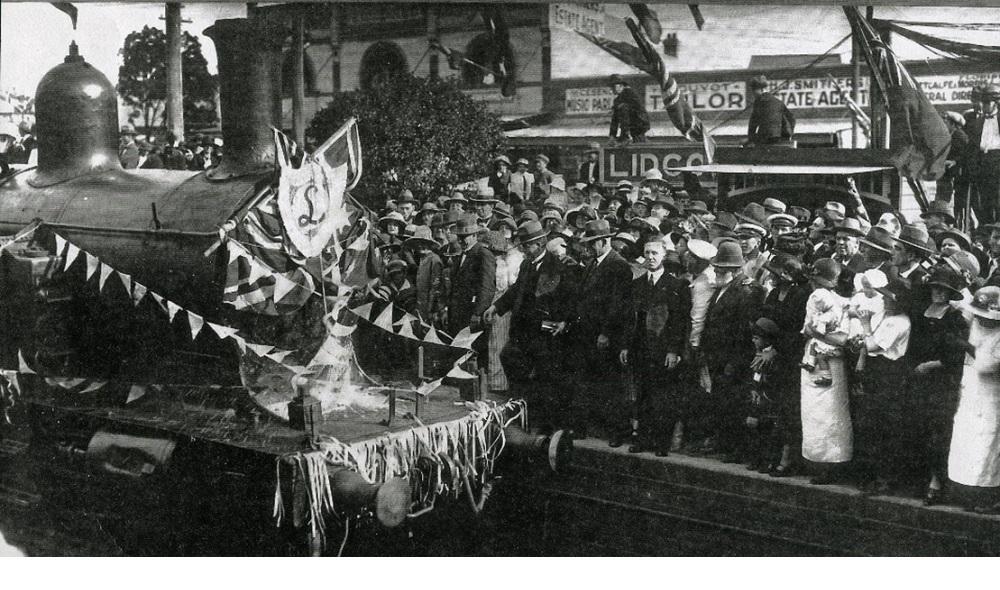
The railway station was upgraded in 1881 and in 1912 the first stage of a new railway line from Lidcombe to Cabramatta was opened, terminating at Regents Park. The second stage was completed in 1924 and the railway line was quadruple at Lidcombe the same year.
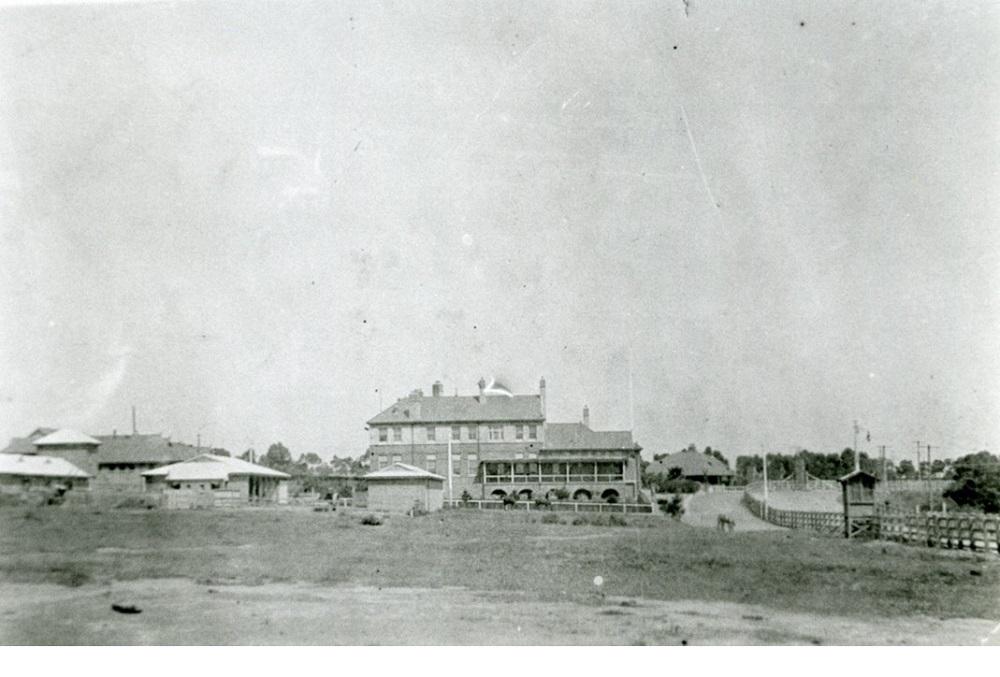
The State Abattoirs opened in 1910 in Lidcombe and Homebush. A branch line to service the Abattoirs, State Brickworks and later the Homebush Saleyards, at Homebush Bay (now Olympic Park), opened in 1911 which ran off the main Western railway line near Lidcombe. The State Abattoirs and Brickworks closed in 1975. The line closed in 1984 but was redeveloped in 1998 to create the Olympic Park railway branch line and a new platform was added at Lidcombe Station for Olympic Park traffic.
During the 1920s-30s other industries established plants at Lidcombe including Ford and Associated General Electric (AGE), A.E. Goodwin Ltd.
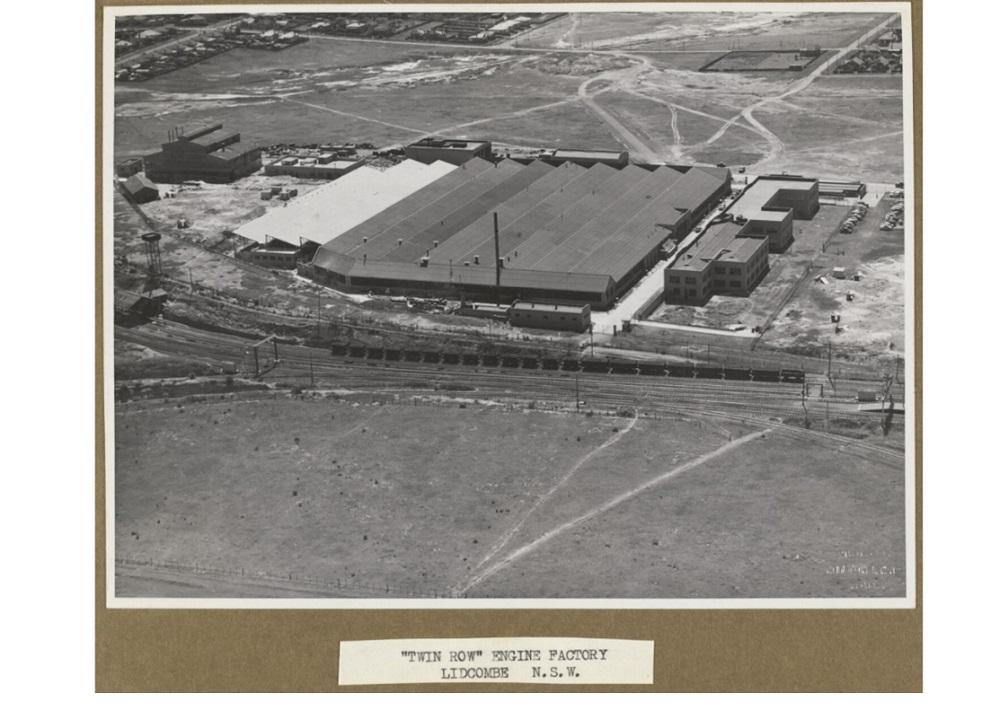
In 1941, the Commonwealth Aircraft Corporation opened a manufacturing and maintenance plant to assist military operations during World War II (WWII). During the post-war years, Lidcombe’s industrial land attracted more companies to the area including Engineering firm, Acrow; brewing company, Tooheys; heavy vehicle manufacturers Hastings Deering and International Harvester. Meanwhile the Egg Marketing Board relocated from the inner city to new premises at Nyrang Street, Lidcombe, at a time when egg production was the fourth largest industry in Australia.
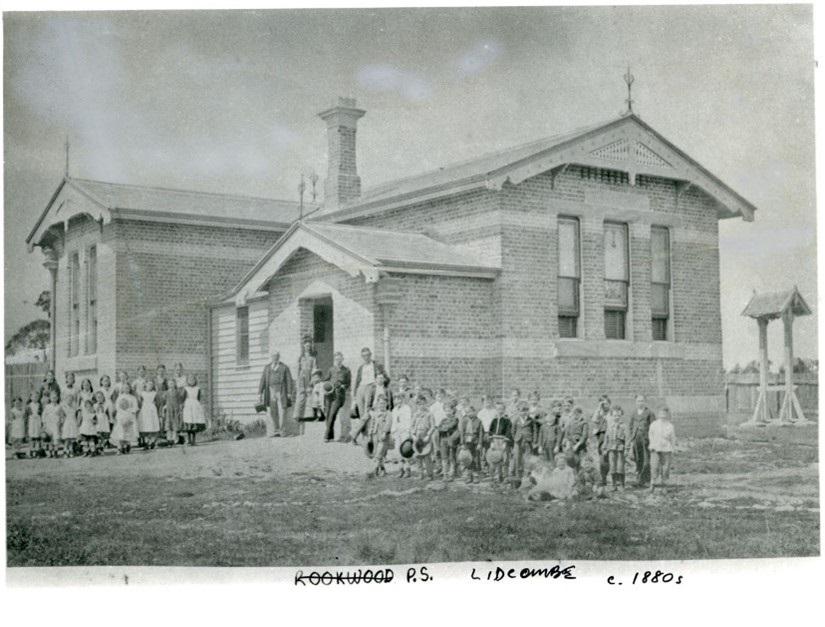
Lidcombe Public School opened in early 1879 as Rookwood Public School.
The first church was erected in 1872 - the Congregational Church at Joseph Street, which was soon followed by the first St Stephen’s (Anglican) Church at Taylor Street in 1875. St Joachim’s Catholic Parish at Mills Street in 1885 and a year later the Church of Christ opened its first chapel at Joseph Street. This was replaced in 1929 by a larger church at Vaughan Street. The church building has now become the Slovak Catholic Church of St Cyril and St Methodius.
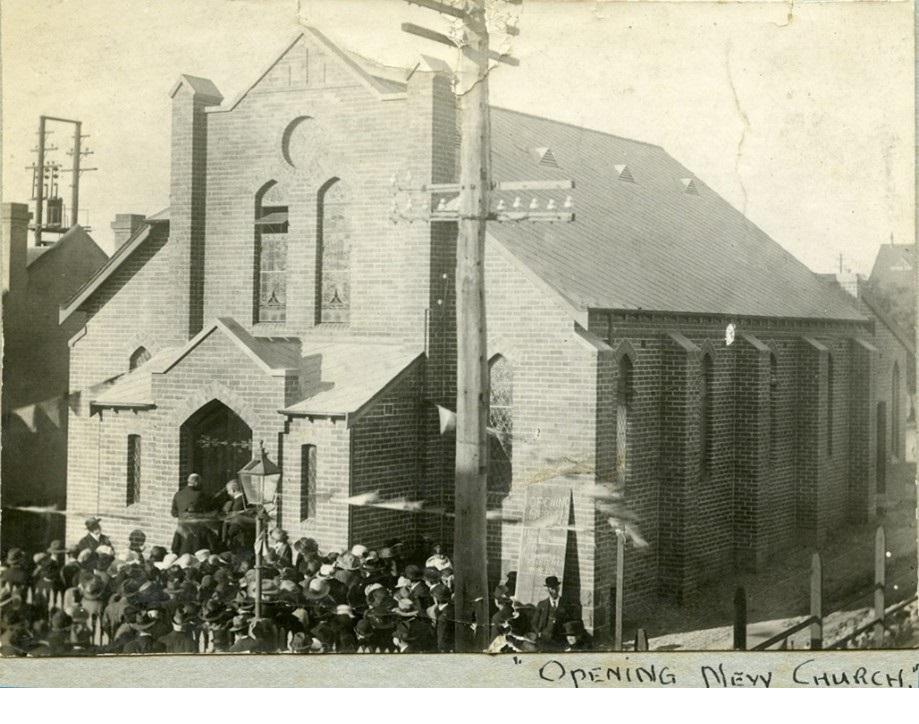
Other churches were built during the first half of the 20th Century and in recent decades as the community demographics have shifted some have taken on new identities. For example, the former Congregational Church at John Street is now an Armenian Catholic Church, and the former Methodist Church at Martin Street has become the Lidcombe Samoan (Uniting) Church.
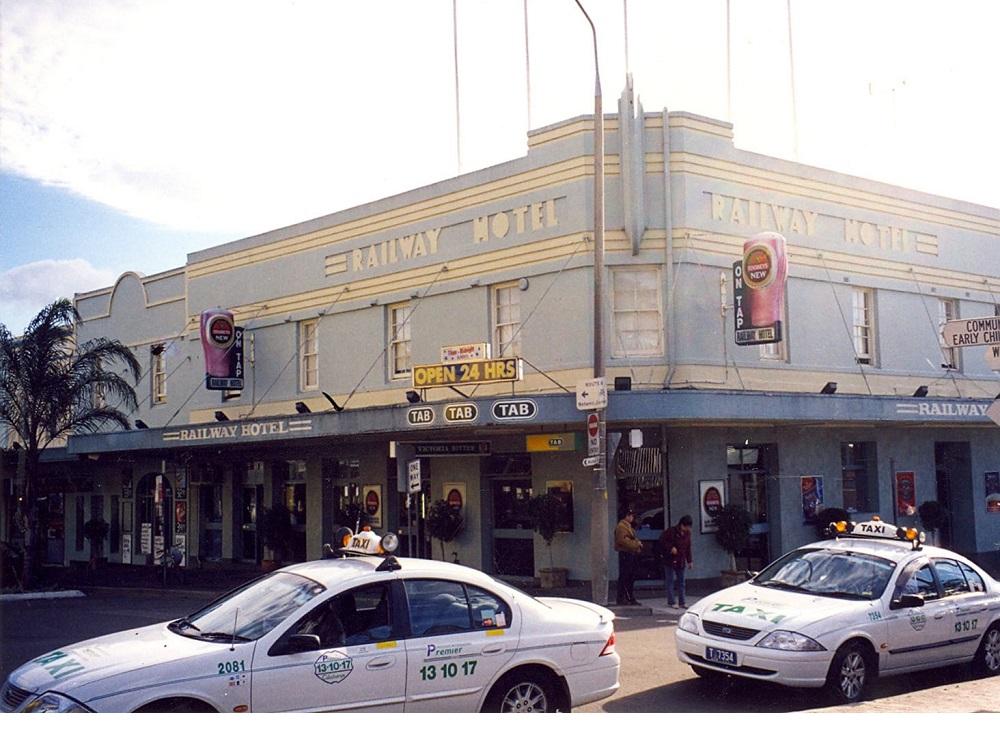
The Railway Hotel is Lidcombe’s oldest pub and was originally called the Haslam’s Creek Railway Hotel when it first opened in 1876 and then the Rookwood Railway Hotel before adopting its present name. The hotel façade was altered in the late 1930s to give it an Art Deco ‘makeover’ which still characterises the building today.
